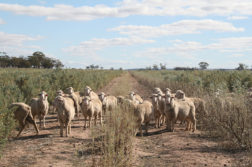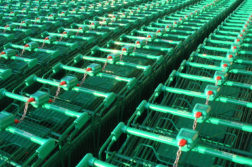Life in regional and remote Australia has its advantages, but that’s often in spite of local, state and federal government policy, writes Claire Connelly.
Ngaire Boothe is a teacher and librarian living in Nyngan – a small town in the Bogan Shire in the centre of New South Wales – as part of a scholarship program for Teach NSW which places educators in areas which struggle to attract staff.
With no bulk-billing doctors locally, Booth tells New Matilda she tries to hold off until she can get to Sydney – which she does twice a year – to get in with a GP who bulk bills.
“He gives me six scripts at a time,” she said. “We have a hospital but there is seldom a doctor there. We have two doctors in town but they charge full consultation each visit and thus far, the one has failed to provide multiple scripts when possible, meaning I have to pay the $90 each month.
“For all other medical care I drive a further 100km to a nearby town…,” she said.
These are the kinds of choices and sacrifices residents of rural, regional, and remote Australia face for simply having the audacity of living outside of a capital.
People living in rural and remote areas are more likely to skip visits, treatments, tests and medications because of cost, according to Rural Health Australia.
A lack of access to GPs, dentists, pharmacies and other primary health facilities is estimated to result in more than 60,000 preventable hospitalisations every year.
According to the Productivity Commission, more people in country towns are unable to come up with $500 in an emergency, or $2,000 in a week, compared to those in and around CBDs.
Increasingly, recent high-school leavers are forced to flee to the metros for the chance of a decent income.
The town of Nyngan has two primary schools and one high-school with about 180 students, who if they want to go to university, “will need to leave home,” Booth says.
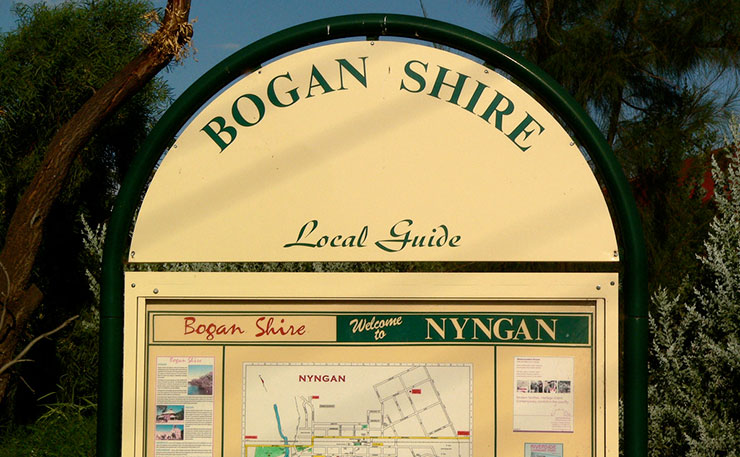
Perhaps resultantly, the community must rely more closely on each other than strangers living next-door to each other in a CBD.
“I really like it here, despite the isolation,” she says. “The community really supports anyone who needs it. People seem to find work if they want it, but a meaningful career is another matter. The only work here for the kids seems to be either the mine, the Shire Council, a few mechanical apprenticeships, a few retail jobs and an occasional child care position.
“Our town has a population of only 3,000 so there is a limit to what could be done as far as I can see. The building of the huge solar farm recently was touted as an opportunity for locals to get jobs but it was a temporary operation.”
Up north, towns like Mackay in Queensland were hit hard by the end of the mining boom, with unemployment rising from 11.7% to 18.9% in 2015. In Muswellbrook north of Sydney, it went from 9.8% to 14.9%. The sector is expected to shed another 31,900 jobs by 2020.
Of course, Aboriginal and Torres Strait Islander people, whose household median incomes make up around 65 per cent of non-Indigenous households, according to the Rural Health Alliance, are disproportionately affected by unemployment and poverty.
Less than half (46%) of Aboriginal and Torres Strait Islander people aged 15 years and over were employed between 2014-2015, according to the ABS’ latest report.
Pew Charitable Trusts conservation partnership manager Patrick O’Leary told New Matilda that programs like Working On Country and Indigenous Protected Areas Program – which generate 950 full-time equivalent jobs across Australia – have proven to be putting downward pressure on the negative social costs of unemployment, and are considered case studies of effective policy as evidenced by the Productivity Commission’s recent report.
The programs maintain Indigenous People’s connection to their country and provide employment as land and sea rangers, conducting fire management burns (sometimes selling the carbon credits), protecting agricultural and national park land from feral animals and invasive weeds, scientific monitoring, and protecting native wildlife such as the threatened bilby and other fauna from predation by feral cats.
With proper consultation between Indigenous owners and state, investor and NGO stakeholders (to ensure oversight and respect for sacred land), O’Leary says the programs can be a catalyst for tourism development and investment in some areas, with Indigenous Peoples appointed as rangers, carers and tour-guides of sacred land.
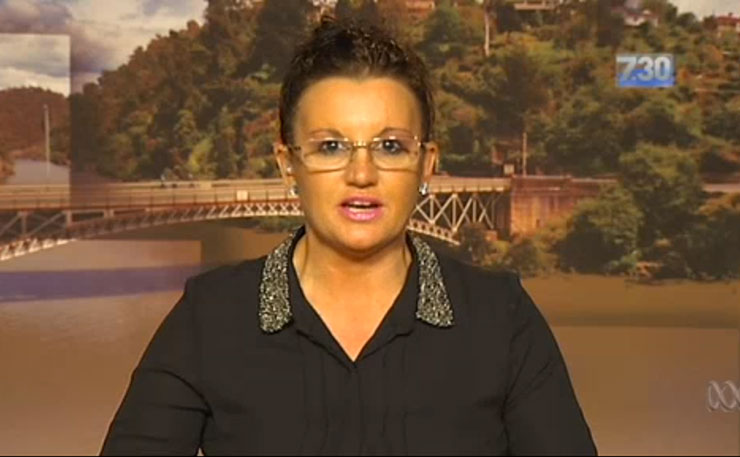
The contracts for the jobs program are due to expire in 2018. While Labor (should they win the next election), The Greens, Jacqui Lambie and the Nick Xenophon Team have committed to doubling the number of positions to 1,500 full time equivalent jobs nationally, O’Leary says the Coalition has, to date, made only a verbal commitment, via Indigenous Affairs Minister Nigel Scullion, to extend the program up to June 2020, but with no commitment yet to increasing the program’s intake.
The Trust says the scale of environmental need and Indigenous land ownership in remote areas justifies creating 5,000 positions.
“If we are not investing in jobs we know work, and are in demand, we risk escalating spending on jails, police and criminal justice, along with the law and order, health and mental health problems that stem from not being able to find work,” he says.
It might make for a good sound bite, but unfortunately it’s going to take more than a good deal on real estate to attract city folk to the country.Recent comments made by the Deputy Prime Minister, Barnaby Joyce suggest that the problems of regional, rural and remote unemployment could be solved if only ‘city-slickers’ would consider buying or renting property outside the cities.
He’s not wrong, though. We do need real solutions to rural and regional unemployment.
Once upon a time country towns were self-sufficient. But skills shortages and centralisation of industry in the capital cities has caused these towns to shrink in both population and productive capacity, resulting in significant unemployment and underemployment.
Dave Hall, an IT consultant living in Newstead, rural Victoria told New Matilda that for many people, ‘living in the bush’ is the only option.
“They can’t afford to move,” he says.
The Bracks/Brumby government in Victoria had a strong decentralisation policy which worked in Melbourne and rural Victoria by moving agencies, improving infrastructure and providing incentives to industry.
“Often, giving handouts to big business boosts their bottom line rather than having the desired effect”, Hall said.
The result is that life in regional and rural towns has become even more precarious, so it’s not surprising that we’ve seen the return of One Nation to national politics.
Hall told New Matilda that rural and regional Australians are more vulnerable to the tangible changes in the economy. Office, plant and mill closures means homeowners can no longer afford to pay their mortgages, or rent. And without access to commuter friendly train service, put simply: “you’re stuffed”.
“The train to Melbourne is a big deal,” he said. “For some people if they miscalculate their fuel budget, they’re in real trouble.”
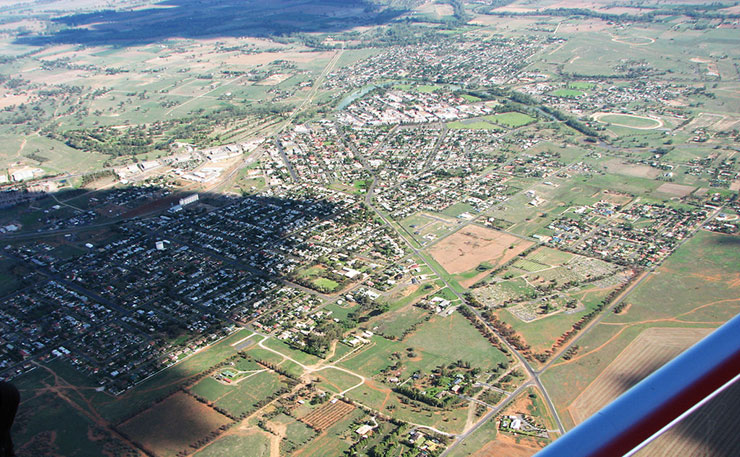
Forbes resident, online learning coordinator and self-described “farmer’s wife”, Hannah Symmons has lived in rural NSW for the past eight years and is reliant on a half decent internet connection to juggle two full-time jobs.
“It costs me personally double the amount of money for half the amount of internet usage compared to the larger cities,” she told New Matilda. “This alone would be a cause to not live in these areas and so much be addressed by the government.”
Internet and phone services are a “major area” which needs to be addressed, Symmons says.
“So many areas of rural towns lack the necessary internet and even phone reception. This makes it very difficult to make you feel safe when you’re working on the property, as there is limited or no reception. This lack of telecommunication services deters people moving to these areas, which therefore limits their growth and productivity.”
Besides, “there is no way” living in a city like Sydney or Melbourne would afford her family the kind of lifestyle they have in Forbes, which she describes as “God’s gift on earth”.
The family cut their expenses “by more than half” by living off the land, growing most of their own food, collecting their own rainwater. Most of their expenses are taken up by electricity and phone services.
There are no universities in Condobolin or Forbes, and thus students need to travel significant distances if they wish to attend face-to-face training.
“There is the option of distant education, which is the path I went down as it was not feasible for me to travel hours away for further education,” Symmons says.
Alex Smith, CEO of Rural Development Australia told New Matilda that councils, state and federal governments must work together with industry and organisations, across borders and jurisdictions to ensure key markets are not ignored.
However, the conflicting objectives of stakeholders at council, state and federal levels can make working together “difficult”, Smith said.
The NSW town of Kyogle was excluded from Queensland’s Strategic Growth Plan for its Scenic Rim Shire because it sits just across the border, despite the fact that it’s roughly the same distance from Queensland as Brisbane is from the Gold Coast.
“But the NSW government doesn’t want to know about it because they’re not building infrastructure for Queenslanders,” he said. “What they don’t see is the opportunity to supply jobs, services and products from NSW into Queensland. They aren’t taking advantage of the NSW to Qld export market.”
Smith says that if the technical infrastructure is in place, industries don’t need to be in Ultimo or Southbank.
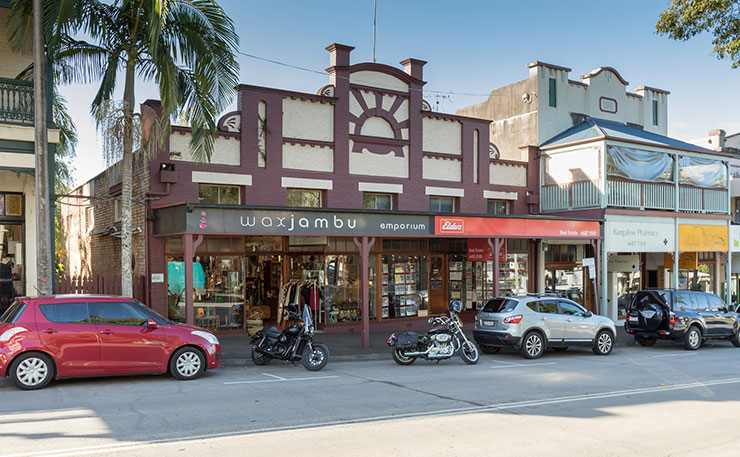
The Northern Rivers has a large pool of creative digital workers employed remotely in film, television, animation and digital design. The Northern Rivers Screenworks animation studio is working on Marvel films for Hollywood, Smith says.
“You can run an animation studio, conduct farm research and communicate with European or Asian manufacturers and, or Hollywood,” he said. “There are a lot of industries that could do incredibly well that don’t have to be in Sydney, Melbourne, or Brisbane.”
But these types of projects need various local, state and federal agency support.
Dr Victor Quirk, economist and former public employment officer at the Commonwealth Employment Service (now the privatised Job Network) says that Australia’s unemployment rate of around 6% is very much by design.
Once upon a time, Australia had a bipartisan policy of full employment. Between 1942 and 1974, unemployment was not allowed to increase above 2% but that policy was abandoned when Malcolm Fraser became Prime Minister (off the back of a promise to restore full employment, which he quickly broke).
“Fraser won that campaign promising to restore full employment, even to use public sector job creation to do so, but backflipped right after the election saying he would ‘fight inflation first’ instead,” said Dr Quirk. “Over the next seven years unemployment was pushed up to 10%.”
Labor quietly abandoned the full employment policy while in opposition to win the support of big business.
“From the Hawke government onwards, Labor and the Coalition have had an unstated, bi-partisan policy of preserving high levels of labour underutilisation, by limiting public sector employment and activity,” Dr Quirk said.
The economist claims that the sacrifice of wealth to preserve employer bargaining power, has ended up backfiring on industry because it can’t get the skills it needs for commercial success, resulting in even greater levels of regional and rural unemployment.
“Even if they wanted to innovate, they can’t because they don’t have enough skilled workers and won’t train them,” he said.
“I have visited many workplaces, and I was at this factory that made springs for railway carriages. This exasperated fellow showing me around marched up to a machine with a dial pressure gauge and said to me, ‘Do you know how hard it is just to explain to some blockhead to look at the needle and write down on a piece of paper the number it is pointing to? Do you know how hard it is!’ Without that data we don’t know what’s happening with the batch, or if the machines are complying with current safety standards, if it’s overheating.”
Dr Quirk – also a former employment counsellor – said transferable skills training must make a return to the economy, and the private sector must recognise its value.
“To keep working people in a vulnerable, insecure and inferior bargaining position, we have sacrificed hundreds of millions of hours of work that could have enriched the nation,” he said. “Instead we subject people to degrading indignity and skill destruction of unemployment.”
Donate To New Matilda
New Matilda is a small, independent media outlet. We survive through reader contributions, and never losing a lawsuit. If you got something from this article, giving something back helps us to continue speaking truth to power. Every little bit counts.




